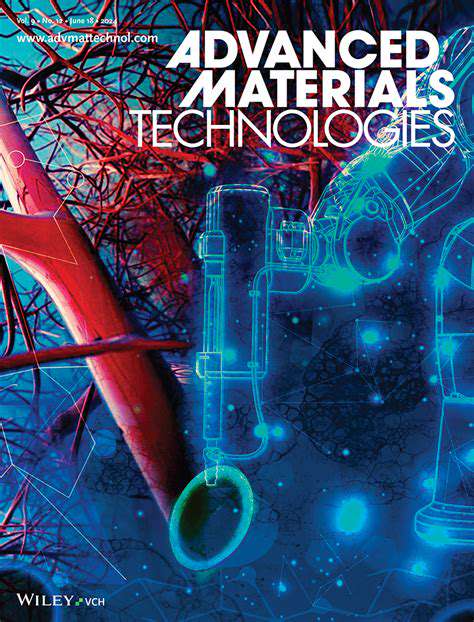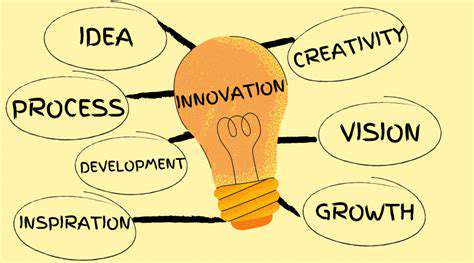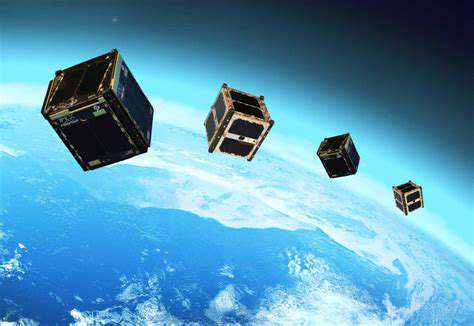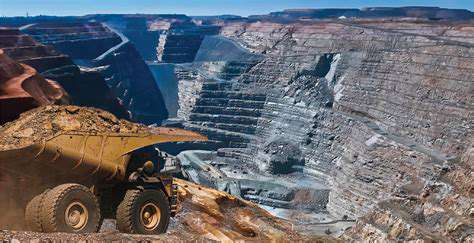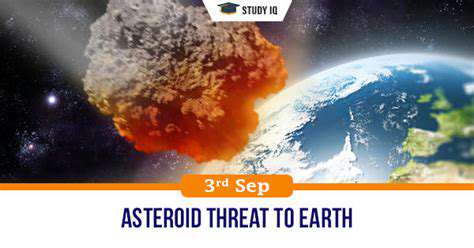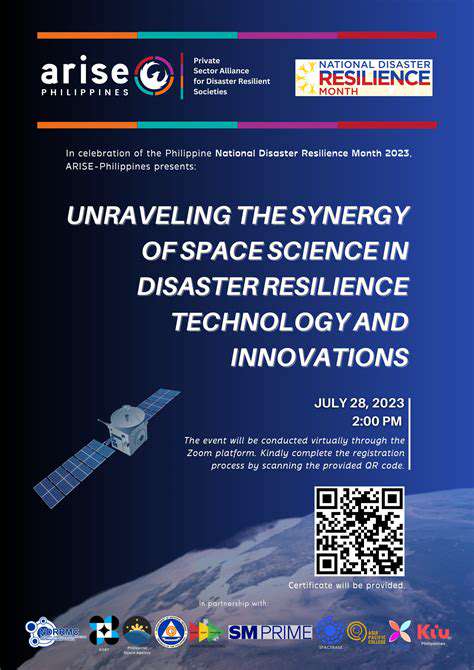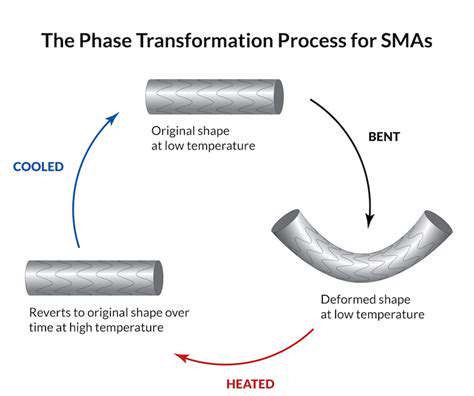
Active Thermal Control Systems
Active Thermal Control Systems in Lunar Missions
Active thermal control systems (ATCS) are crucial for maintaining a habitable environment inside lunar habitats and spacecraft. These systems actively regulate the temperature within these structures by using various methods to either remove or add heat. This is essential for protecting sensitive equipment and crew from the extreme temperature swings experienced on the Moon, ranging from scorching daytime highs to frigid nighttime lows. Such systems are vital for the success of long-duration lunar missions and scientific experiments, ensuring optimal performance and safety.
Different types of ATCS are employed, each with its own strengths and weaknesses. Some utilize radiators to dissipate excess heat, while others employ heaters to combat the cold. The design of these systems must account for the unique characteristics of the lunar environment, such as the lack of atmosphere and the significant variations in solar radiation throughout the lunar day and night cycle. Effective ATCS design also factors in the need for minimal power consumption and the use of readily available materials for construction.
Design Considerations for Lunar ATCS
A key consideration in designing lunar ATCS is the extreme temperature fluctuations. These systems must be robust enough to withstand the harsh environment and operate reliably even under these challenging conditions. This includes designing for insulation that effectively prevents heat transfer, and for components that can withstand high and low temperatures without degradation. Careful selection of materials with high thermal stability is crucial for the long-term success of any lunar mission.
Another critical aspect is power consumption. The limited power availability on the lunar surface necessitates the design of highly efficient ATCS. Minimizing energy usage is paramount, especially for long-duration missions. This often involves optimizing the use of thermal storage systems, such as phase-change materials, to buffer temperature fluctuations and reduce the reliance on continuous power input.
The availability of readily-sourced materials on the Moon also plays a significant role in the design process. ATCS components should utilize materials that are readily accessible on the lunar surface, if possible. This minimizes the need to transport large quantities of materials from Earth, reducing the overall mission mass and cost. Innovative and resourceful designs for using locally sourced materials will be essential for future lunar missions.
Types and Components of Lunar ATCS
Lunar ATCS utilize a range of technologies to regulate temperature. These systems often incorporate radiators to dissipate excess heat, which are particularly important during periods of high solar irradiance. Heaters are also employed to maintain acceptable temperatures during the lunar night. The system may also include thermal insulation to minimize heat transfer between the interior and exterior environments. These materials must be highly effective and durable to withstand the extreme conditions.
Beyond radiators and heaters, other critical components include thermal control coatings, temperature sensors, and control systems. These sensors and controls monitor the internal temperature and adjust the operation of the heaters and radiators to maintain the desired temperature range. Sophisticated control algorithms are necessary to manage the complex interactions between these components and the changing lunar environment.
